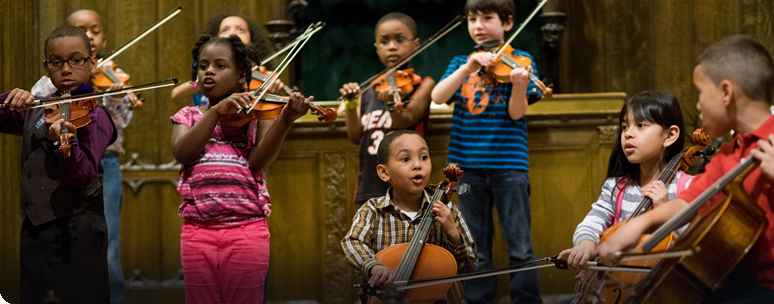This fall students learned how to multitrack, cut, paste and add effects to a recording of a Bach cello suite in Logic. These “Bach remixes” eventually made their public premiere at the Bach Marathon in November.
Omar’s Bach Remix
Malachy’s Bach Remix
Anthony’s Bach Remix
anthony_bach_final
Juan’s Bach Remix
Jay_bach_final
The class also got to work with CMW alum CJ Jimenez on a sound recreation workshop with the prompt “what are the first 5 things you heard this morning?” We then set them loose on the third floor to collect and create recordings to use in their sound collages.
Anthony’s December Morning Sound Collage
Juan’s December Morning Sound Collage
Jay_DecemberMorning
Malachy’s December Morning Sound Collage
Omar’s December Morning Sound Collage
omar_dec_morning
Below are pictures from a workshop where the students were treated to music by local guitarist, Erik Carlson, AKA Area C. Erik demonstrated how his effects pedals worked and everyone got a chance to try them out.
























